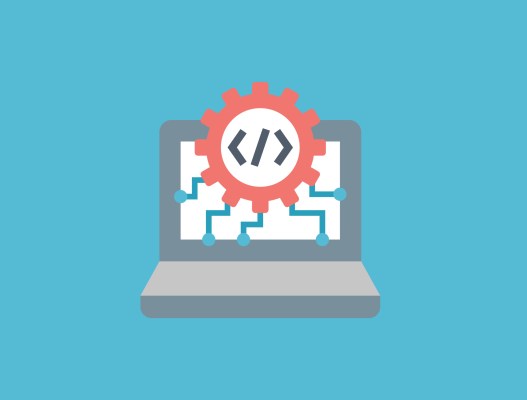W
elcome to the TechCrunch Exchange, a weekly startups-and-markets newsletter. It’s inspired by the daily TechCrunch+ column where it gets its name. Want it in your inbox every Saturday? Sign up here.
Today I’m looking at a recent acquisition that shows the drive toward more resilient APIs. Also this week, a recent round that adds nuance to the market for substance abuse therapy startups. — Anna
Resilient APIs
Creating and distributing APIs might soon be easier: Speakeasy, an early-stage startup, is working on it.
“We’ve started by working on an important problem to me, one that I’ve faced a lot myself as a developer, which is really dramatically simplifying how developers are able to ship APIs to end users,” its CEO Sagar Batchu told TechCrunch’s Ron Miller.
However, large companies with over 5,000 developers already struggle with API sprawl, according to a survey supporting API platform Postman’s 2023 State of the API Report. Thirty-one percent of respondents at these large companies mentioned “managing too many APIs or microservices” as an obstacle to producing APIs, compared with just 23% of all survey-takers.
It’s not hard to see how this finding connects to Postman’s recently announced acquisition and upcoming integration of API observability startup Akita Software. “Akita’s addition will make it easier than ever for users to manage their production APIs, even in the face of API sprawl,” its press release states.
According to Akita founder Jean Yang, the rise of APIs has fundamentally changed the software development process. “More and more testing has moved to production. Intended behavior is now based on observed behavior. More and more, the only way for teams to figure out even what’s running is by inspecting production. We need new tools that meet developers where they are: not just for building the first draft of software, but for debugging, maintenance, and the nth draft,” she wrote in her announcement.
On a related note, chaos engineering might no longer be the sole domain of site reliability engineers.
Originally developed at large companies to help them pressure-test systems in production, chaos testing can now be conducted in development, which broadens its impact. “Steadybit co-founder and CEO Benjamin Wilms [said] that by pushing back chaos testing into the development pipeline, it gets non-specialists involved, so they can deal with issues before they hit production,” Ron reported last September.
While chaos testing isn’t limited to APIs, the two can go hand in hand. “Teams can benefit significantly from integrating Postman’s end-to-end API testing capabilities into Steadybit for chaos engineering experimentation,” the German startup’s product manager, Manuel Gerding, wrote in a tutorial on the topic.
However, API resilience isn’t just a technical challenge; it is also an HR problem. Noting recent tech layoffs, Postman warned that “companies with disorganized and poorly documented APIs may discover surprise problems when developers exit.”
One of the top concerns, the report noted, is “zombie APIs.” “These APIs have no owner, oversight, or maintenance — and are sometimes forgotten by the company. At worst, zombie APIs pose a security risk; at best, they deliver a poor consumer experience.”
Internal API catalogs can help prevent zombie APIs, and a French startup called Bump might be able to help document and catalog your APIs easily. “The company automatically generates documentation for your APIs so that other teams always know how to use certain APIs,” my colleague Romain Dillet explained.
Reading about internal API catalogs reminds me of a broader trend: the rise of platform engineering and its corollary, internal developer portals. All of them are connected to the same need: For developers to be efficient, they need to quickly know what resources are available to them. And, of course, it doesn’t hurt that it will also make their organizations more secure.
The market for fighting substance abuse
U.S. substance addiction therapy startup Affect Therapeutics raised a $16 million Series A round of funding, an encouraging sign for the company, which first showed up on TechCrunch’s radar in 2021. It’s also a good sign for its sorely needed vertical.
A 2021 Crunchbase survey found that venture-backed companies working on treatments for addiction had raised over $1 billion in funding over the years; however, recent weeks have brought news of the bankruptcy of Pear Therapeutics, a Nasdaq-listed health tech whose offering included treatments for substance use disorder and opioid use disorder.
Going from a $1.6 billion SPAC to a $6 million auction sale is impressive, and not in a good way. Hopefully, the fact that Pear went pear-shaped says more about a certain era of overinflated SPACs and insane decks than it does about the market potential for solutions to address addiction.
Join 10,000 VCs, startup leaders, and entrepreneurs at this year’s TechCrunch Disrupt, taking place in San Francisco on September 19–21. Join sessions and hear from VC leaders at GGV, Benchmark, YC and more as we unpack the latest startup news. Save up to $600 now through August 11, and save an additional 15% with promo code EXCHANGE. Learn more.

